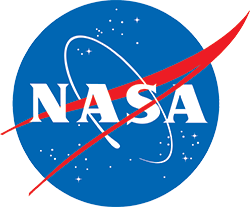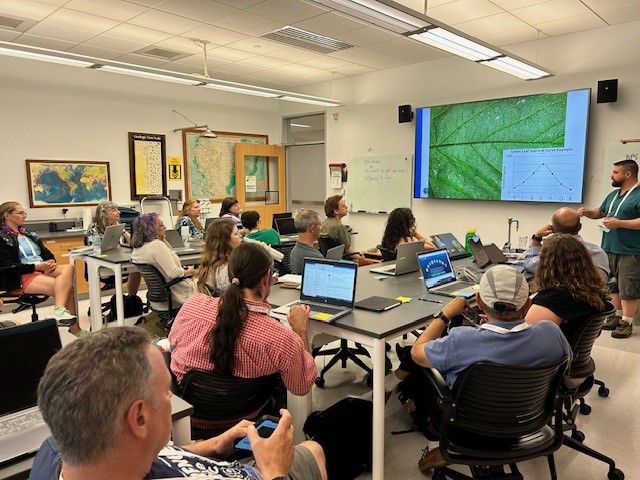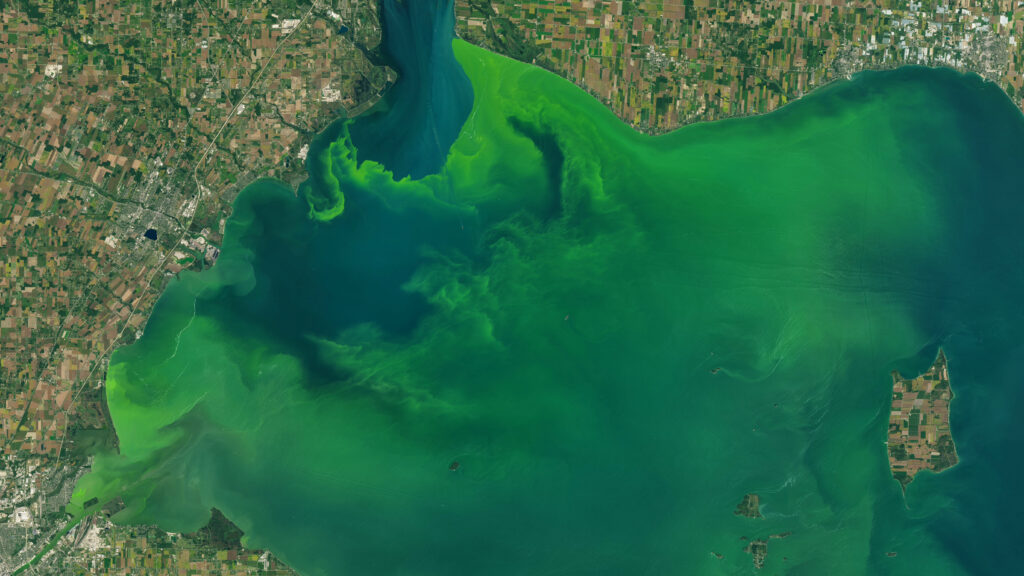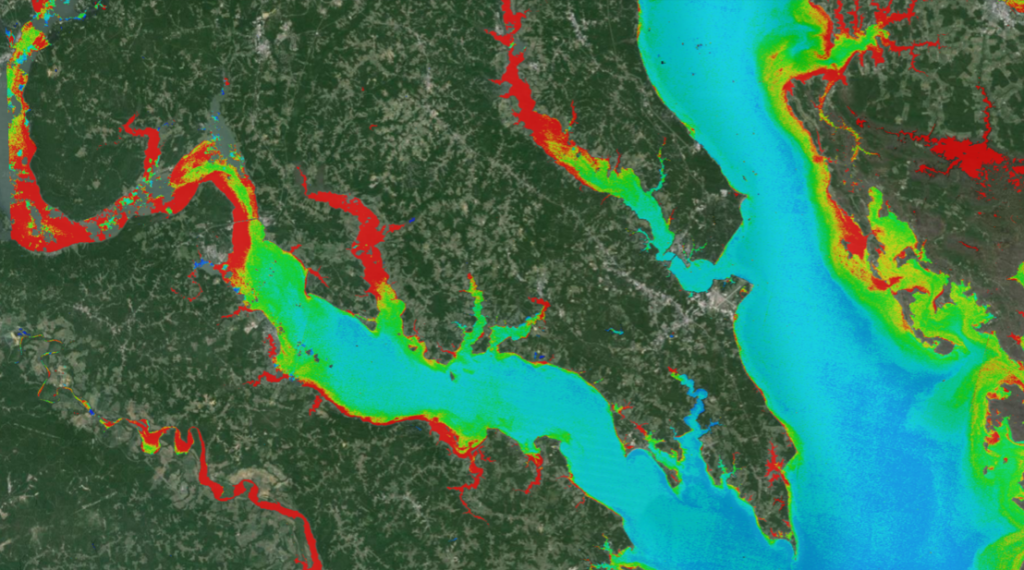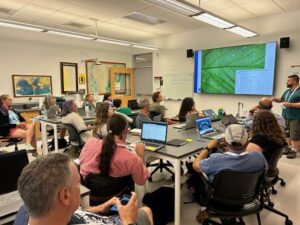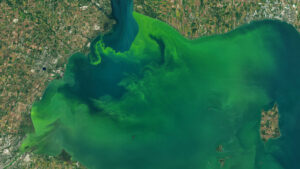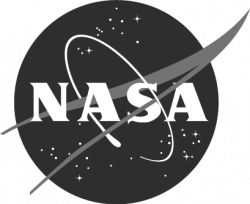Excerpted from post by USGS Landsat Missions
On this day in 2008, the USGS announced their plan to ‘open’ their Landsat archives, making all Landsat data available to download at no charge, to all users worldwide. Fifteen years later, in the “Year of Open Science”, Landsat continues to lead how Earth Observation data is utilized, and how Landsat data is used to support science and research efforts.
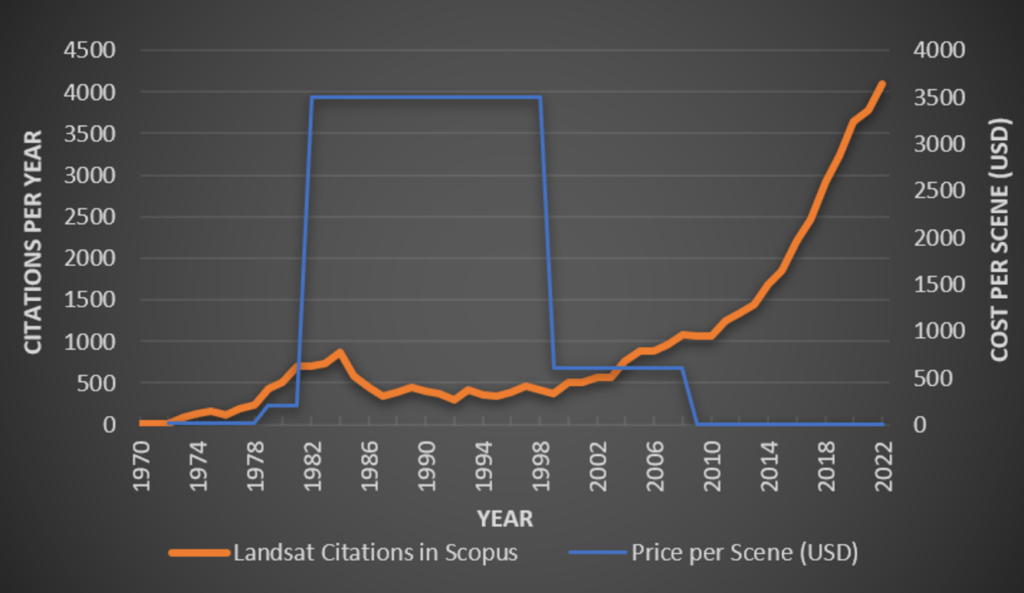
Citations Increase with Open Archive
Prior to the opening of the Landsat archive in 2008, the costs of obtaining Landsat scenes were prohibitive to science research and applications. Sales of Landsat 7 ETM+ data peaked in FY 2001 with 19,000 scenes sold; in FY 2008, over 86,000 scenes were downloaded at no cost. In August 2009, downloads reached the one-million mark. (Reference: Landsat’s Enduring Legacy, page 345).
While published works have always provided insights into the research done using Landsat data, the ability to obtain Landsat data at no charge has greatly helped researchers and scientists increase their publications and advance remote sensing science research.
For more than 20 years, members of the USGS/NASA Landsat Science Teams have been instrumental in creating many published works to support the Landsat mission. Consisting of USGS and NASA scientists and engineers, along with external scientists, engineers, and application specialists representing industry and university research initiatives, the Team provides scientific and technical evaluations to ensure the continued success of the Landsat program.
Citations increased greatly after the data became freely available starting in December 2008.
Read the full post on the USGS Landsat website.
